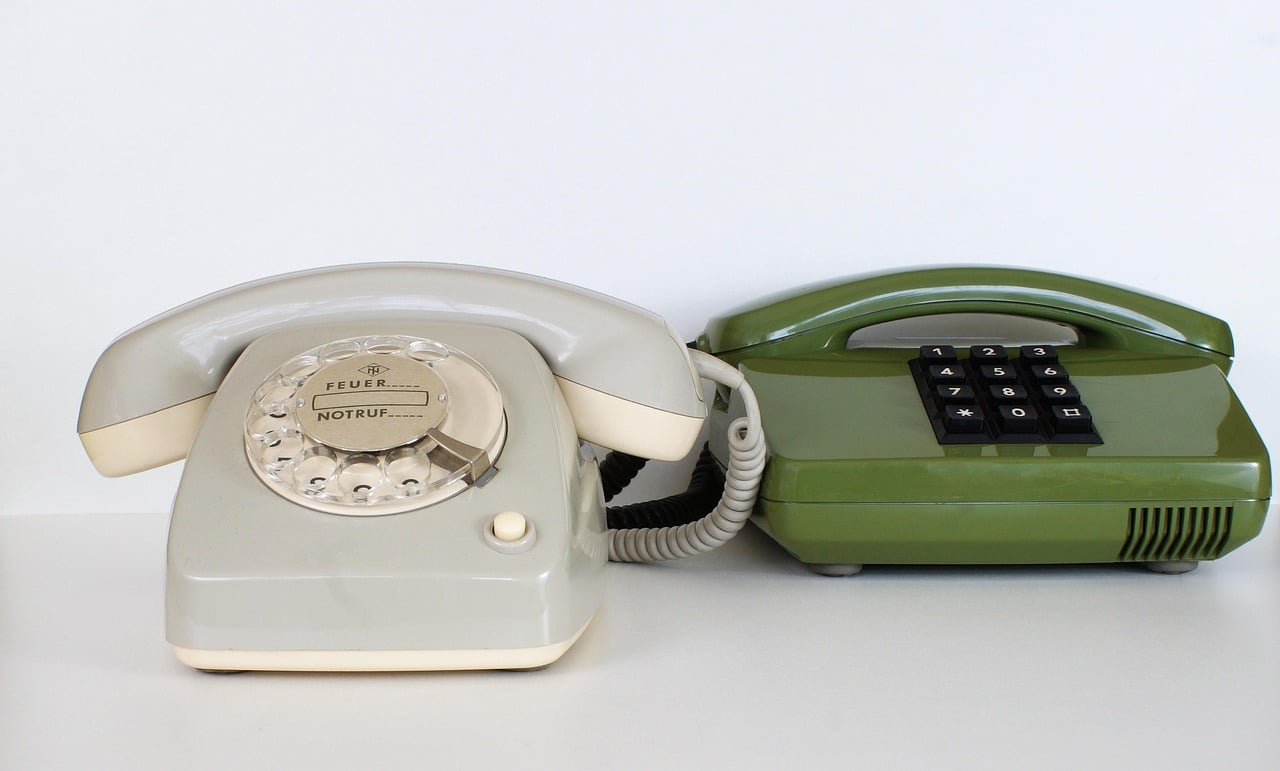Handling complaints in call centers is not just about courtesy or good manners—it’s a crucial aspect of a company’s reputation and customer loyalty. Every complaint represents an opportunity to improve service, rebuild trust, and turn a negative experience into a strength. But how do you effectively handle a complaint in practice?
In this article, we’ll explore strategies, techniques, and tools for managing complaints professionally, with a focus on both customer satisfaction and call center team performance.
Why Complaint Management Matters
Anyone working in a contact center knows that not every customer is satisfied. Technical issues, billing errors, delays, service disruptions, or unmet expectations can all lead to frustration—and eventually, a complaint-filled call.
Effectively handling complaints means:
- Reducing customer churn
- Preventing reputational damage
- Gaining valuable feedback
- Improving customer satisfaction (CSAT)
Key Skills for Managing Complaints in Call Centers
Complaint management requires empathy, active listening, and emotional control. But beyond soft skills, agents also need structured competencies and a clear methodology.
Active Listening
The first step is letting the customer speak without interruption, showing genuine attention. Agents should use phrases like:
“I completely understand your frustration” “Thank you for bringing this to our attention” “Let me see how I can help you right away”
Emotional Control
When dealing with complaints, staying calm and composed is essential—even if the customer is angry or sarcastic. The goal isn’t to argue, but to defuse the tension.
Clear Communication
Agents must explain what happened, what the options are, and expected timelines. Transparency builds trust.
Problem Solving
Every complaint is unique. Agents should have some decision-making autonomy or quick access to someone who does. Customers don’t want to be passed around.
Mastery of Digital Tools
Top-performing call centers use CRM software integrated with ticketing systems to handle every complaint in a traceable, documented way.
The Complaint Handling Process Over the Phone
A structured approach helps ensure every complaint is managed properly. Here are the key steps.
Greeting and Listening
Regardless of the caller’s tone, it’s essential to greet them respectfully. After the greeting, the agent should focus on listening rather than jumping to solutions.
Acknowledging the Problem
Once the issue is described, briefly summarize it to confirm understanding:
“If I understand correctly, you received an incorrect invoice for June. Is that right?”
Apology and Reassurance
Even if the issue wasn’t caused by the call center directly, it’s always best to apologize on behalf of the company. This reassures the customer and reduces tension.
“I’m truly sorry for what happened. I understand how frustrating it is, and we’ll do everything we can to resolve it right away.”
Offering a Solution
After understanding the problem, offer a concrete solution. If possible, resolve it during the call. Otherwise, open a ticket and clearly state the next steps and resolution time.
Follow-Up
One of the most overlooked steps is the follow-up call or message to ensure the problem was resolved. This shows care and strengthens brand trust.
Advanced Complaint Management Strategies
When managing dozens—or hundreds—of complaints daily, common sense alone isn’t enough. You need systematic strategies.
Identifying Recurring Issues
Analyzing complaints helps identify recurring causes, so you can fix problems at the root.
Smart (Not Rigid) Scripts
Scripts can guide agents, but shouldn’t be inflexible. The ideal script is a flexible guideline, allowing agents to adapt to tone and context.
Ongoing Training
Top call centers offer role-playing, coaching, and regular training to equip agents for even the most complex situations.
Using Specific KPIs
Monitoring KPIs like:
- First Call Resolution (FCR)
- Customer Satisfaction (CSAT)
- Average handling time for complaints
- Number of complaints by service area
helps improve internal processes continuously.
How to Prevent a Complaint from Becoming a Bad Review
A well-handled complaint can lead to a positive review, even if the customer was initially angry. Conversely, a mishandled or ignored complaint can severely damage your brand image.
Pro tips:
- Always respond, including to emails and social messages
- Don’t hide issues—acknowledge them and offer alternatives
- Offer small compensation if the inconvenience was significant
- Avoid bureaucratic language—your tone should be human and genuine
How to Manage Complaints on Digital Channels
Today’s call centers handle more than just calls. Complaints now come in via email, social media, live chat, chatbots, and contact forms. That’s why an omnichannel approach is essential to ensure consistency across all touchpoints.
Every request should be:
- Logged in a centralized CRM
- Properly tagged by priority and category
- Handled within timeframes aligned with customer expectations
The Role of Empathy in Customer Recovery
Behind every complaint, there’s a person—not a ticket, not a number, not just a “case to close.” Empathy is what separates lost customers from those you recover.
Empathetic agents know how to:
- Recognize the customer’s emotions
- Show genuine concern
- Use words that put the caller at ease
A thoughtful closing line might be:
“I hope our assistance has been helpful. If you need anything else, we’ll be happy to support you again.”
Want to Handle Complaints More Effectively? Request a Demo of SiDial
Every complaint is an opportunity to improve service and build loyalty. But to seize that opportunity, you need advanced tools, an intuitive interface, and an integrated system that can track, automate, and simplify the entire complaint management process.
With SiDial, the call center software designed for operational excellence, you can optimize response times, boost customer satisfaction, and turn complaints into opportunities for growth.
Request your free demo now and discover how SiDial can transform the way you manage customer interactions.

